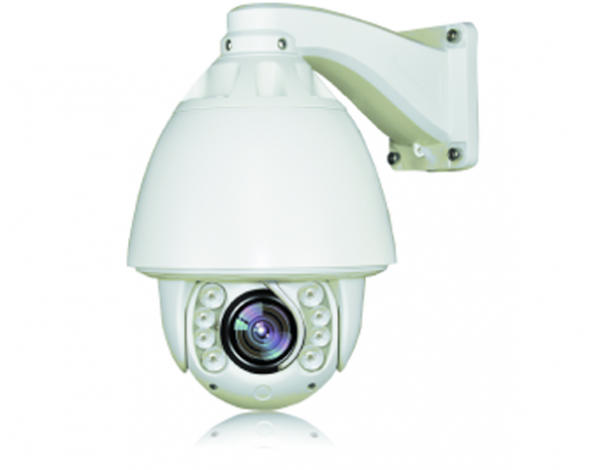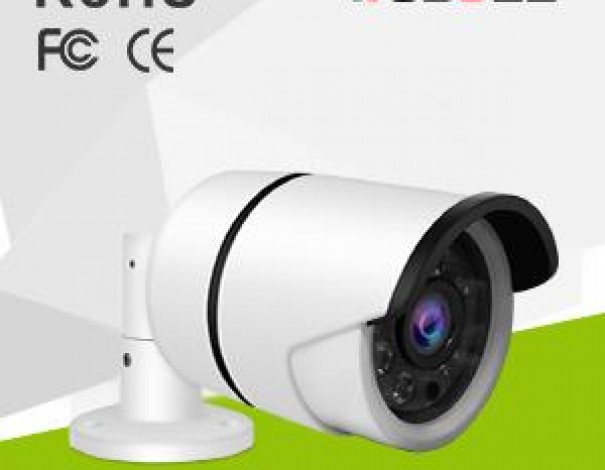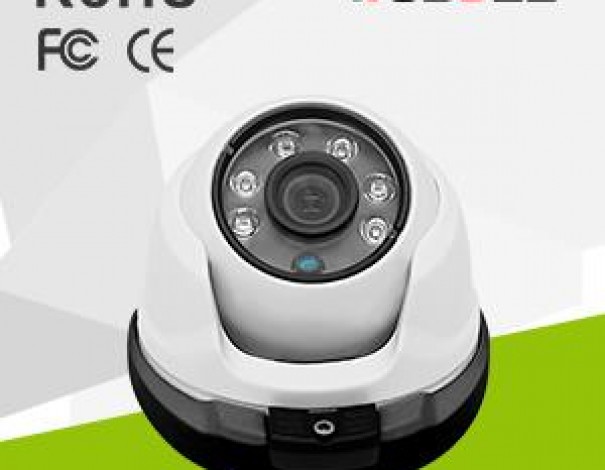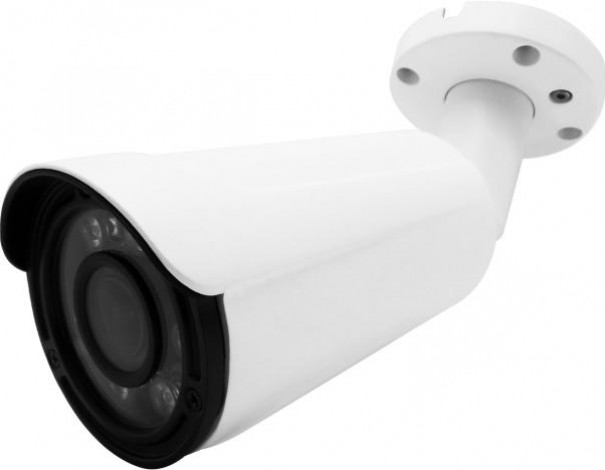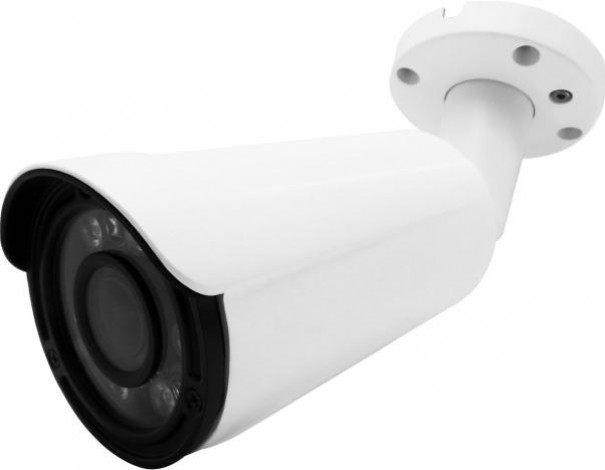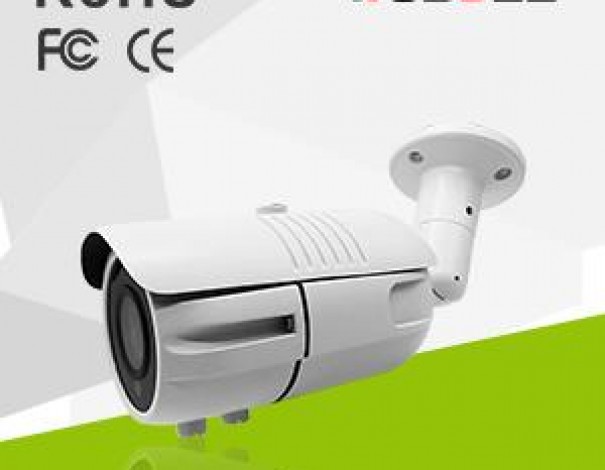The Role Of The PC In The CCTV System
Long gone are the days of grainy black and white images displayed on a tiny TV screen, with recordings made on VHS tapes that need to be constantly changed or written over! Thankfully, HD cameras and IP technology have dramatically improved CCTV systems and made it far easier for businesses to manage security risks.
But as the use of PCs has grown exponentially, so too have the choices available to suppliers and installers. With such a variety of options in the marketplace, what is it that makes a PC suitable for integration into a CCTV system?
The core function
The most important function a PC should perform is to act as an NVR (Network Video Recorder). With input from the network, rather than the need for a direct connection to cameras, the PC should be able to store footage for a minimum of one month, and offer easy accessibility to review when required.
But of course, there are many other considerations you need to account for when deciding how a PC might fit into your current CCTV set up. This includes where it will be stored, connectivity requirements, power and performance.
Fitting into space constraints
One of the biggest benefits PCs can offer to CCTV systems is their size. Previously, many businesses are likely to have needed to set specific space aside in order to store all the components for a full CCTV system. Indeed, it hasn’t been uncommon to see companies devote entire desks, or even small storage rooms, to their CCTV equipment.
The space required by either DVR or NVR devices typically made them unsuitable for a number of applications, limiting their use exclusively to situations which were controlled and adaptable.
The small PC changes that. Their size means they can be installed in almost any area, inside or outside. As they don’t need to be fixed in set areas, they can be taken mobile, utilised in any form of transportation.
With a variety of ruggedised casing available too, any environment is suddenly suitable for installation. Whilst you may have had cameras recording outside locations, previously you’d require a controlled indoor setting to safely store whichever recording device you were using.
Small, cased PCs can withstand a number of weather conditions with their durable designs and cases, and fanless ones are available which prevent overheating, making them suitable even in certain industry applications like in manufacturing or catering businesses.
More recently, PCs have even been integrated directly into the camera casing itself, meaning only one location is needed for a CCTV installation, and giving new meaning to the term ‘all-in-one’.
Designing a CCTV system is no longer a large, cumbersome task for installers, as the increasing role of PCs removes the need for space considerations.
Connectivity and power
Despite their ability to be installed in small spaces, PCs still require connections to a power supply and to the network. This needs to be a consideration if you’re thinking about utilising a PC in a CCTV system.
A number of PCs will have wireless connection capability, including Wi-Fi and Bluetooth, but for reliability, you may want to ensure that you can utilise any LAN ports on the device. The benefits of using a LAN port is that with the right PC, you’ll be able to use a POE (power over Ethernet) connection, negating the need for a fixed power source.
Again, this will help with your design considerations, providing you with more opportunities for fixing and storing the unit.
More specific considerations
If you really want to get the most from the PC in your CCTV system, you may want to look more closely at performance features.
Memory capabilities can play a large part in improving performance, ensuring that the entire CCTV system runs smoothly. Memory is also vital if you wish to run any other applications on the PC; one example may be face recognition software, to aid with security measures.
The graphics capability of a PC will also affect how a system handles video playback. Opt for the superior graphics processing power if you want to get the best, HD quality, seamless playback from all your recordings, or if you’ll be using this feature for intense scrutiny of footage.
Accounting for cost
Of course, the additional features on a PC can come at a cost. The more functionality you want from the PC in your system, the more you might have to pay.
Despite that, a PC can be a very cost effective solution for your CCTV needs, because one device can perform multiple roles, and you may not require much additional hardware. Certain models can act as a server for your system, and with a number of hard disk bays all capable of storing data, you can expand the storage of your PC as and when you need to, managing costs more efficiently.
Ultimately, build quality and reliability should be the main factors you consider when purchasing a PC for a CCTV system. High spec options may match all your requirements, but be wary about paying for over capacity you might not need. There are a number of models that offer a great combination of good processing power, good storage and good video graphics handlings; these may be just the solution you need.
One thing is clear – PCs will undoubtedly continue to play an important role in CCTV for years to come.
Related News
- Wodsee DOL-HDR WDR 4 IN 1 Camera New Arrival
- How to set parameters for detected faces recognition?
- Face recognition becomes the commanding point technology of video surveillance
- Introduction to Facial Recognition of Surveillance System
- New innovation–soft photosensitive
- Great innovation!!! – Wodsee IP camera with Sensor Control IR
- 4 New Styles HD High-Speed Dome camera
- WODSEE new Smart Zoom IP camera, Real WDR.
- How to provide a regular maintenance for CCTV equipments?
- Notes for outdoor installation of PTZ




